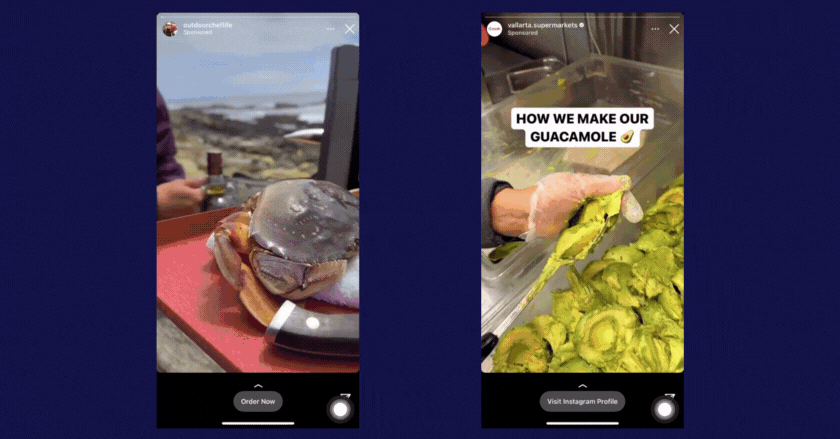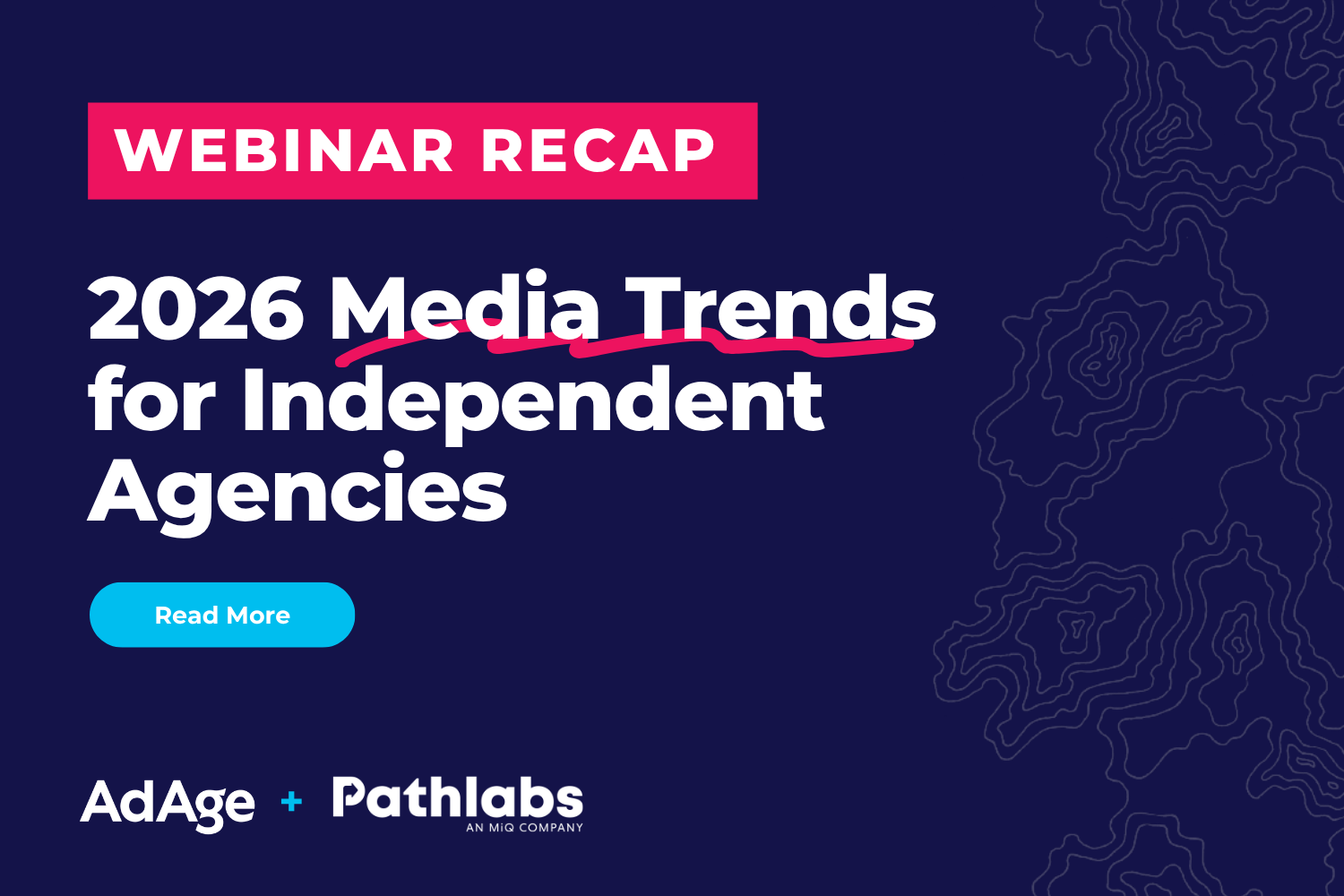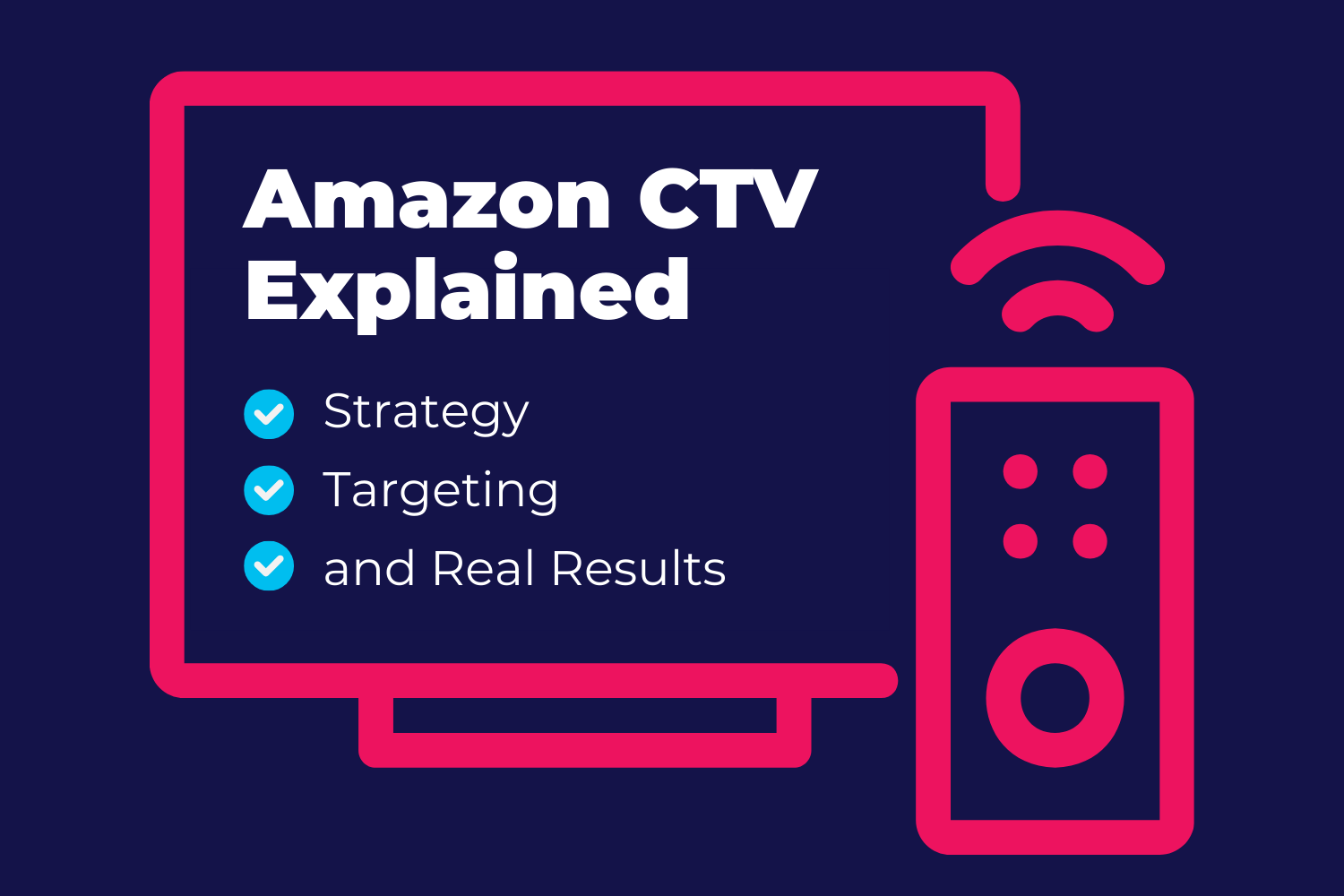Native Video Advertising: Benefits, Best Practices, and Examples
| Pathlabs Marketing |
| September 19, 2023 |
CONTENTS
At Pathlabs, we have extensive experience implementing native advertising campaigns. We enjoy talking about it as it continues to evolve and integrate new media formats, including video!
In this blog, we delve into native video ads, exploring definitions, advantages, and best practices. We also showcase some impactful examples of native video ads in action and speak to a Pathlabs expert on the topic.
What Is Native Video Advertising?
Native video advertisements are paid native ads that use video as the ad content medium.
Native ads are useful, as they are more discrete than other methods like display, push, and banner ads, which prominently stand out on web pages and can disrupt the user experience.
Instead, native ads take the ad content and integrate it to match the touch and feel of the surrounding content where it appears.
In effect, the ad looks ‘native’ to the normal page, making users more apt to engage. The ad still has a specific demarcation, like ‘ad’ or ‘sponsored,’ but overall, it blends in.
Advertisers can deploy native ads in the following formats:
Product Listings
In-Feed Content
Paid Social Posts and Stories
Recommended Content Ads
Blogs and Articles
Video Ads
The Evolution of Native Video Advertising
Native video advertising has evolved due to the success of other native ad formats. In fact, 75% of consumers trust native ads more than traditional formats, leading to the natural progression of incorporating video into this advertising method.
Social media platforms have also played a pivotal role in the growth of native video ads. These platforms attract massive volumes of users who rapidly scroll through video content, offering an ideal environment for advertisers to insert their native video ads.
Types of Native Video Ads
The following are the most popular types of native video ads.
In-feed Video Ads on Social Media Platforms
Promoted Results on Video Platforms
Native Video Ads in Mobile Apps
Recommendation Network Video Ads
The Benefits of Native Video Ads
Authentic Storytelling
Video is an ideal medium for native ads due to its ability to convey a wealth of information in a short time frame. Native video ads also tend to move away from overtly promotional narratives, opting for diverse content like recipe and DIY project demonstrations, mini-documentaries, or personal reviews that subtly incorporate the brand's message. This can be refreshing and unique to users.
Improved Brand Awareness and Recall
Any ad that elicits an emotional response is more likely to be remembered by users and associated positively with the brand. Video's visual and auditory elements make it an excellent medium to evoke such emotional reactions compared to text or static ads.
Increased Engagement
Traditional advertisements often struggle with user engagement, as they try to encourage users to read their ad and directly click. Native video ads take a different approach, initially blending into the environment and gradually drawing users in with high-quality video content, encouraging deeper engagement. Then, users can voluntarily decide to lean in more.
Higher Click-Through Rates and Conversions
According to eMarketer, native video ads achieve higher click-through rates than display ads. Native video is promising, as it combines these native features that users like and the dynamic power of video.
Personalization Opportunities
Platforms for native video ad campaigns provide various targeting and personalization options. Advertisers can input specific audience parameters and create different versions of video campaigns, ensuring the most ideal users see the content relevant to their interests.
Mobile Friendly
Advertisers can place native video ads on mobile devices, making it especially useful for reaching mobile-savvy audiences, like Gen Z, on social media.
This also allows the creation of an integrated funnel where native video ads reach target users on their desktop devices and mobile phones, increasing the number of online touchpoints.
Enhanced User Experience
Native video ads, any native ad for that matter, do not pop up or take up large spaces in the margin. They want to blend and really let the content speak for itself as the user naturally engages.
Pairing this with quality video content and pertinent targeting parameters, users will see relevant video ads that delight them and don’t interrupt their experience. This is the optimal journey want to create.
Best Practices for Creating Effective Native Video Ads
Understand Your Target Audience
Teams should clearly understand their target audience, outlining it with research and validated campaign data. This piece is paramount, as it provides the direction of which channels to target, which stage of the funnel to cater to, and what kind of video creative to put forth.
Craft Compelling Video Content
Video content for native ads should adopt a subtle approach, avoiding immediate identification as ads. The content must revolve around topics and narratives relevant to the target audience while occasionally featuring logos or brand references. The goal is to encourage deep user engagement, whether that be by entertaining, educating, or providing utility to them.
Integrate with Platforms
Effective integration with different platforms is crucial, as teams must grasp the importance of tailoring video content to suit each platform's unique parameters and audience demographics. For instance, the performance of native ads on Instagram and Facebook can differ significantly, necessitating wise platform selection.
It is also essential to avoid spreading oneself too thin by attempting to place native ads on numerous platforms. Instead, focus on a few select channels that ensure a favorable return on investment.
Optimize for Mobile Devices
Teams should explore native video ads on mobile and verify that their ad content meets the optimal specifications and quality standards. Additionally, tracking user activity across mobile and desktop platforms is essential for accurately attributing conversions between devices.
Captivate Attention from the Start
The initial seconds of a native video ad are critical. Teams should grab the viewer's attention and provide an engaging headline or call to action immediately.
Measure and Analyze Performance
Teams should leverage tracking mechanisms provided by native ad platforms to monitor campaign performance. It is also best to have an optimization mindset when running any campaign: tracking the performance, making modifications, and leaning into the strategies that work best to improve the campaign. This takes time, but it is the best way to approach this process.
Examples of Successful Native Video Ads
Nature Made and Purple provide excellent examples of seamlessly integrated native video ads on Pinterest. These ads blend naturally with the platform's content and don’t have direct advertising language: one discusses self-care tips, while the other reviews a comforter.
These are regular topics addressed within the platform, adding another layer of pertinence to the surrounding page content.
Kraken Gold Spice Rum and Vallarta Supermarkets are brands that illustrate the use of native video ads effectively on Instagram. Both take advantage of making food videos, a popular trend in the social media landscape, and seamlessly integrate into the touch and feel of Instagram stories.
The content packs more of a punch, too: the supermarket shows the process of making their guacamole sold in the store, and the rum video showcases a recipe made with crab and the rum itself. Standard display, or even a static native ad, can’t convey this much information.
YouTube
True Classic Underwear showcases a humorous native video ad on YouTube with its “Brief Western History." If anything, this video appears as more of a regular piece of content that would reside alongside the normal feed, especially with its more discrete quote header.
Why Partner With Pathlabs for Native Video Ad Campaigns?
Advertising and media agencies tend to implement many native advertising campaigns for their clients.
However, when it comes to native video, it is a different playing field with its own complexities that can slow teams down.
To solve this, agencies can work with a Media Execution Partner (MEP). MEPs combine features of in-house teams and outsourced services, providing media agencies with the people, workflows, and technologies they need to execute media successfully.
MEPs like Pathlabs will directly step in to assist with the execution of native video ad campaigns, freeing up time for agency leaders so they can get back to strategic planning and scaling their company.
Native Video Advertising FAQs
How do you distinguish native video ads from other native formats? From display ads?
“It is pretty self-explanatory: native video ads specifically use video as the ad medium.
Native ads like to “blend in” to their environment much more than standard display ads. Native ads typically contain copy on the ad, so it almost seems like an article or blog the user can click on and read.
Native ads will often not contain a CTA button either, which helps them not stand out as much as a standard display ad would. Since they are less obvious, they often experience greater engagement.”
What are the formats you most often see native video ads appear in?
“You can see native video ads on many platforms. However, teams will place them depending on their target user’s propensity to frequent social media or the open internet. ”
What should advertisers keep in mind when running native video ads?
“One thing to know about native ads is that viewability and completion rates are not measured compared to standard display or video, where you can report on post-bid viewability and/or completion rate.
So, if an advertiser is super focused on those surface-level metrics, native isn’t for them. However, I’ve seen great success come from native channels when coupled with a full-funnel attack approach to a campaign. I’m talking OTT, native, standard Display & video, etc. It’s all about the media mix. Native is like a splash of Angostura Bitters. By itself, it seems unnecessary, but when coupled with supporting channels (the cocktail), it’s very effective.”
Are native ads better than display ads?
No, although users often prefer to engage with native ads, teams can find great success running display campaigns. As mentioned above, many advertisers even create an integrated funnel and implement both methods.
The Future of Native Video Ads
The future of native video ads is promising, as advertisers will continue to find ways to place ads more discretely in front of their audience. New native ad options and formats will also likely develop in tandem with evolving platforms and social media networks.
As programmatic technologies develop, these too will help advertisers place native ads in front of the most relevant users using data and algorithms. However, there will be impending obstacles to address concerning data collection as third-party cookies depreciate and privacy regulations increase.
As AI continues to develop, we can anticipate it to play a role in generating the creative for native ads and formatting it to integrate into ad locations seamlessly. Along these lines, who knows what the creative will look like? Video quality will only improve and could incorporate interactive features like voice interaction, AR, and hyper-personalized content.
With these future implications, teams should have this ad method on their radar.
In Conclusion…
In conclusion, native video advertising offers a powerful and engaging means for advertisers to connect with their audience seamlessly. Its ability to blend video content naturally into various platforms while prioritizing authentic storytelling fosters improved engagement and user experience. With the ever-increasing importance of mobile and the potential for continued innovation, native video advertising is poised for a robust future. Advertisers must remain adaptable and prioritize audience understanding, crafting compelling content and seamless platform integration to harness the full potential of this dynamic advertising format.





















